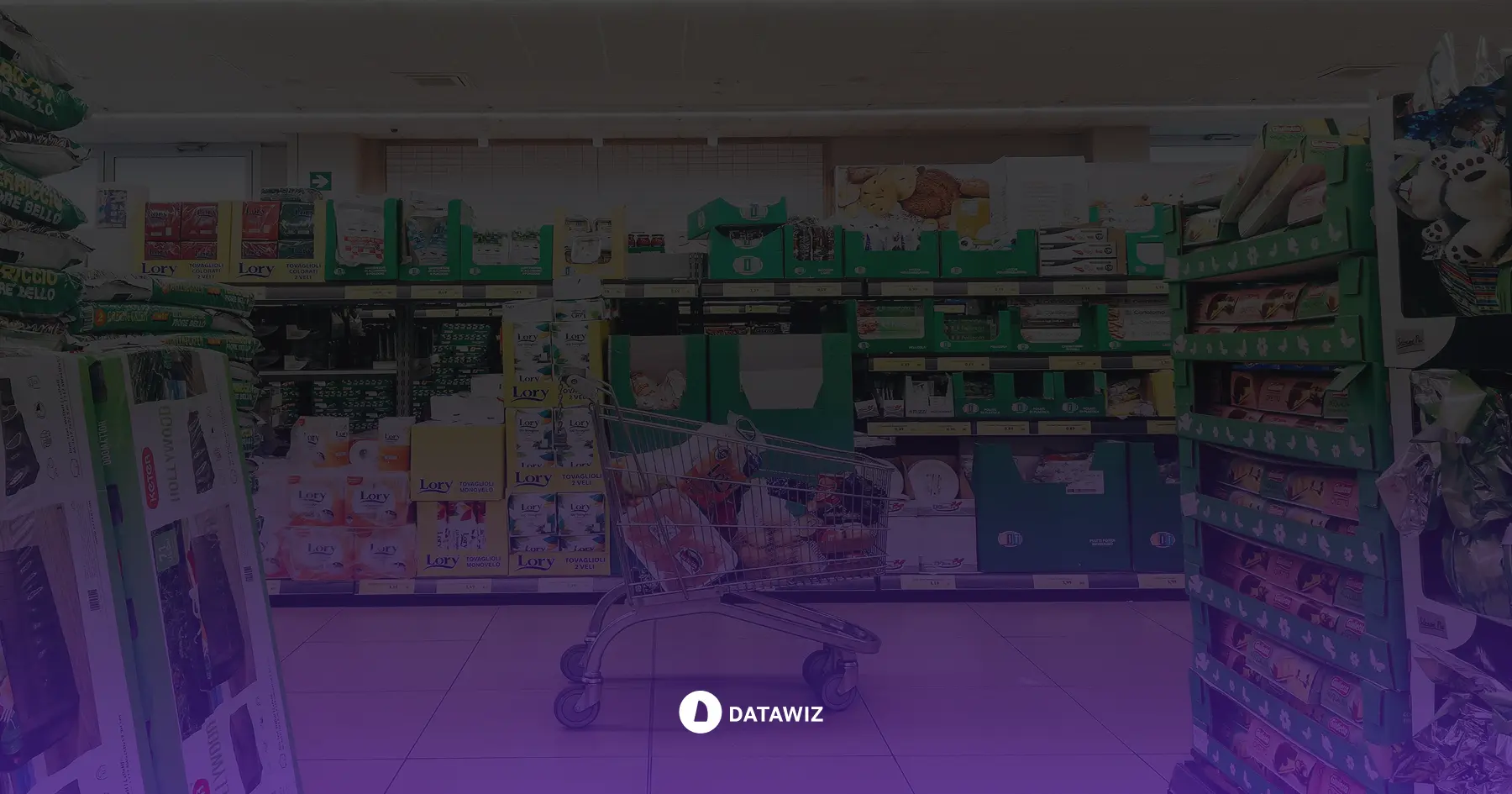What is category management?
Category management is a system of assortment management that involves grouping goods into logical categories, which helps to optimize the profitability of the store and acts in accordance with the needs of the consumer.
The main task of a category manager is to ensure a harmonious balance between customer needs, business goals and the interests of suppliers, creating an effective and profitable assortment strategy.
Category management plays a key role in creating a store strategy. Assortment policy management is based on market trends and tendencies, purchasing power of the target audience and effective space management, so building a clear plan will help you gain a 100% competitive advantage. The main areas that make category management effective are:
- Product assortment.
The right assortment determines why a person should come to this particular store. Customers can expect a specific brand or try to buy new products if they are presented correctly. A category manager analyzes demand, ensures a balance between popular products and new products, and monitors market changes. - Price.
Pricing directly affects product demand, customer loyalty, competitive advantage, category profitability, and store positioning. To determine a fair price, a category manager takes into account both internal goals and external conditions and competitors' offers.
What is a category and how to divide it?
To start applying category management in your business, you need to understand what a category is and how to work with it.
A category is a group of products united by common characteristics and functional purpose for effective management.
Examples of categories in retail:
- grocery store- dairy products; confectionery; snacks.
- Electronics - smartphones; household appliances; accessories.
- Home and interior - kitchen goods; textiles; lighting.
Categorization is the process of dividing goods into appropriate groups according to their physical characteristics and demand for them. This helps to structure all the products in the store, determine the pricing strategy for different categories, and plan the placement in the store.
Benefits of category management
- Increased turnover and inventory optimization.
Turnover is an indicator that shows how quickly a product is sold and replaced by a new product on the shelf. Procurement category plan based on historical demand data and pricing management can speed up sales and optimize inventory.
- Improve service and customer relations.
A good store uses a customer-oriented type of inventory management. It is the customer who, through his actions and previous purchases, shows which products are popular, how best to group (classify) them, and which places in the store are most attractive.
- Minimize risks.
Effective category management reduces the risk of overstocking, out-of-stock, incorrect pricing, or inappropriate assortment.
- Improved sales rate analytics.
Clear categorization provides structured data collection and analysis of key indicators. Thanks to clearly defined categories, you can track in detail which categories of goods demonstrate the best sales and which ones are in low demand. The analysis will allow you to make forecasts and identify problem categories in locations in advance.
How to build a category management strategy?
The principle of assortment management is to provide the consumer with additional value during their visit to the store. Communication plays a crucial role, providing information on where, how and when it will be convenient and profitable to make a purchase.
Providing value to suppliers is based on the idea of getting benefits in the long-term. Without a clear category management strategy, suppliers do not understand which categories of goods should receive priority attention, what new products should be offered, and how to adapt supplies to seasonality.
So, here are the main 8 stages of developing and implementing category management.
1. Preparation and collection of information.
At this stage, the company should determine its readiness to apply category management: whether employees have practical skills; clear goals and vision of the chain's development; optimized structure in accordance with category management standards.
2. Category definition.
Determining the category defines the boundaries of the company's interaction with suppliers, forming the assortment and resources for its development. This strategic decision affects the company's capabilities and limitations. The use of a decision tree allows you to systematize data on the popularity of products in a category, helping you choose the most promising options based on the supplier's knowledge.
3. The role of the category.
This indicator helps to determine which products are targeted, which should be paid more attention to, and which should be discarded.
In this table, we will analyze an example of the role of categories and take a classic convenience store as a basis.
| Category role | Description | Product examples |
|---|---|---|
| Main | A category that is the main source of income for the company. Products in this category are in high demand and generate the largest share of profit. | Bread, milk, water, staple foods |
| Additional | A category that complements the main assortment and has a lower demand. Its role is to support and expand the choice for consumers. | Juices, snacks, confectionery |
| Trendy | A category that responds to new market needs and trends. It has the potential for rapid growth in demand, but may be short-lived. | Vegan products, gluten-free products |
| Premium | A category consisting of products of high quality and usually at a higher price. It is intended for consumers with high demands. | Organic products, premium coffee, delicatessen |
| Seasonal | A category of goods that is in high demand only at certain times of the year (e.g., winter clothing, New Year's gifts). | Summer drinks, sunscreens, Christmas decorations |
4. Category evaluation.
At this stage, the manager investigates whether the category is fully open or requires additional sales promotion to attract more attention and maximize the benefits of such products.
5. Category goals
Goals should be clear, measurable, achievable, relevant and time-bound (SMART). After evaluating the current state of the category and determining the main direction of movement, it is necessary to establish measurable key performance indicators that will help assess the success of the selected category and the work of each manager separately. Do not forget to assess the opportunities and limitations that may arise during the implementation of the plan. This will make the goals more realistic and avoid unexpected budget expenditures.
6. Category strategy
This is a comprehensive plan for managing product categories, including product division, pricing, marketing activities, and product positioning. The strategy always aims to maximize the benefits in the chosen direction of development. There are the following main types of category strategies: increasing the average check; increasing profits by X%; retaining market share; repositioning.
7. Category tactics
If we know our strategic goal, then the tactics work as a guide from point A to point B. In other words, these should be practical steps to achieve the company's goal. Tactics are formed in 4 areas: assortment strategy; placement of goods; pricing policy; marketing activity.
8. Project implementation
This is a decisive moment in the process of using category management. The manager can test his or her hypotheses, apply theoretical knowledge, and implement the previously agreed action plan. This process requires the involvement of many company structures, as well as the support of suppliers. It is important to consider the importance of monitoring and adapting the strategy during implementation, as even the best plans need to be adjusted during implementation. This will help to avoid problems that may arise due to changing market conditions, new customer requirements, or unpredictable external factors.
After the new category management is implemented, monitoring and analyzing the indicators are critical to evaluate the effectiveness of the changes and adjust the strategy. Even if the project is implemented according to plan, it is impossible to assess whether the desired goals have been achieved without continuous monitoring of the results.
Thus, category management is a direct way to control the situation on the shelves, analyze sales and turnover of each category of goods. It is also necessary to take into account the local differences of each store, its sales area, and the solvency of the audience.
Use category management to build reliable and long-term relationships with customers. It is important to become their favorite store and surprise them with new products that will be relevant in the future.
 What's new?
What's new?




 No credit card required
No credit card required